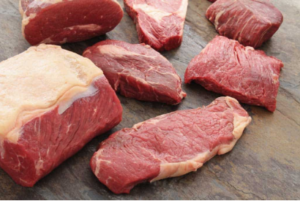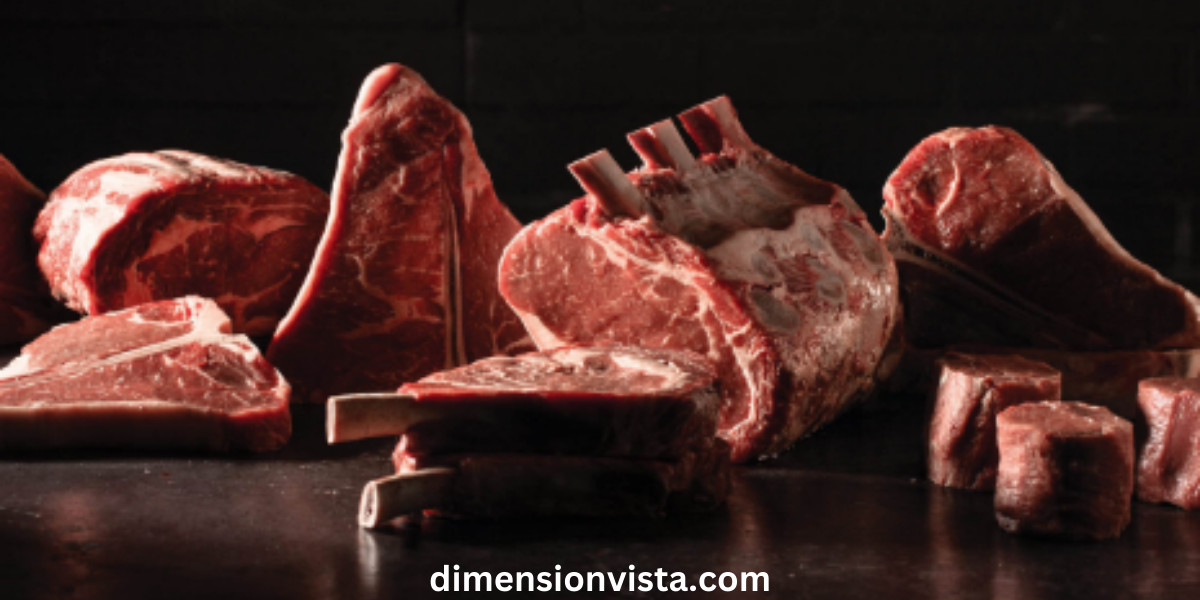In today’s economy, finding ways to save money without compromising on quality has become a priority for many house holds. One often over looked strategy for maximizing your food budget is buying meat in bulk. This approach not only reduces costs but also offers a range of benefits that go beyond mere savings. Whether you’re a savvy shopper or new to the idea, this article will explore The Benefits of Buying Meat in Bulk purchasing and why it could be a game-changer for your household.
Why Buy Meat in Bulk?
Buying meat in bulk has become increasingly popular, especially as inflation drives up grocery prices. Here are some compelling reasons to consider this strategy:
1. Significant Cost Savings

- Lower Price Per Pound: Retail meat prices often include packaging and distribution costs. By buying in bulk, you eliminate many of these added expenses, reducing the overall cost per pound.
- Discounts for Larger Quantities: Many suppliers offer discounts when you purchase larger amounts, especially from wholesalers or local farms.
- Avoiding Retail Markups: Bulk purchases often come directly from processors, bypassing the retail markup.
2. Higher Quality Meat

- Direct From Farms: Bulk purchases often allow you to buy directly from local farmers or butchers, ensuring fresher and higher-quality products.
- Customization: Many suppliers let you choose specific cuts, tailoring your purchase to your needs.
- Ethical Sourcing: Buying in bulk from small-scale farms often supports sustainable and humane farming practices.
3. Convenience

- Less Frequent Shopping Trips: Stocking up on meat means fewer trips to the grocery store, saving time and fuel.
- Meal Prep Made Easy: Having a variety of meats on hand simplifies meal planning and preparation.
How to Start Buying Meat in Bulk
Transitioning to bulk meat purchasing requires some planning. Here’s how to get started:
1. Assess Your Storage Capacity
Investing in a chest freezer or maximizing the use of your existing freezer is essential. Proper storage ensures your meat stays fresh and maintains quality over time.
- Tip: Organize your freezer by labeling packages with dates to make it easier to track inventory.
2. Find Reliable Suppliers
- Local Farms: Many farms sell whole or half animals, such as beef, pork, or lamb. Websites like LocalHarvest.org can help you find local suppliers.
- Butcher Shops: Many butcher shops offer bulk deals and customized orders.
- Online Retailers: Companies like Crowd Cow, Butcher Box, and Omaha Steaks specialize in bulk meat deliveries.
3. Calculate Your Family’s Needs
Before purchasing, estimate how much meat your household consumes in a month. This will help you avoid overbuying and ensure your bulk purchase aligns with your consumption habits.
4. Learn Proper Storage Techniques
- Vacuum-Sealing: Vacuum-sealed packaging prevents freezer burn and extends the shelf life of your meat.
- Portioning: Divide meat into meal-sized portions before freezing to make defrosting and cooking more convenient.
Addressing Common Concerns
Despite the advantages, some people hesitate to buy meat in bulk due to perceived drawbacks. Here are solutions to common concerns:
1. I Don’t Have Enough Freezer Space.
- Consider investing in an affordable chest freezer. Many options are energy-efficient and pay for themselves in savings over time.
- Share bulk purchases with friends or family members to reduce storage needs.
2. What If I Can’t Use It All Before It Goes Bad?
- Properly stored meat can last up to a year in the freezer.
- Create a meal plan to ensure you use your stock efficiently.
3. The Upfront Cost Is Too High.
- Start small by purchasing a quarter animal or smaller bulk packs.
- Consider it an investment; the long-term savings outweigh the initial expense.
Real-World Examples of Savings
To illustrate the benefits of buying in bulk, consider the following example:
Example 1: Buying Beef in Bulk
- Retail Price: Ground beef at a grocery store averages $6.99 per pound.
- Bulk Price: Purchasing a quarter cow directly from a farm costs $5.00 per pound (including steaks, roasts, and ground beef).
- Savings: For a 100-pound order, that’s $199 saved.
Example 2: Subscription Services
Services like Butcher Box offer curated boxes of high-quality meats at a lower price per pound compared to retail organic options. Many even include free shipping and bonuses like free bacon or ground beef.
Pro Tips for Buying Meat in Bulk
Build Relationships: Cultivate relationships with local farmers and butchers for personalized service and better deals.
- Plan Ahead: Align your bulk purchases with sales or seasonal discounts.
- Share Costs: Pool resources with friends or family to split larger orders and costs.
- Educate Yourself: Learn how to cook a variety of cuts to make the most of your purchase.
The Environmental Benefits of Bulk Meat Buying
- Reduced Packaging Waste: Buying in bulk minimizes the amount of plastic and Styrofoam used in individual packaging.
- Fewer Transportation Emissions: Purchasing from local farms reduces the carbon footprint associated with long-distance food transportation.
- Support for Sustainable Practices: Many small-scale farms prioritize sustainable and ethical farming methods.
Conclusion
Buying meat in bulk is a practical and cost-effective way to maximize your budget while enjoying higher-quality food. From significant savings and convenience to supporting local farmers and reducing environmental impact, the benefits are undeniable. By following the tips out lined in this guide, you can confidently make the transition to bulk meat purchasing and transform the way you plan, shop, and cook.
Ready to give it a try? Start by researching local suppliers or exploring online options to find the best fit for your family’s needs. Your wallet and your taste buds will thank you.

